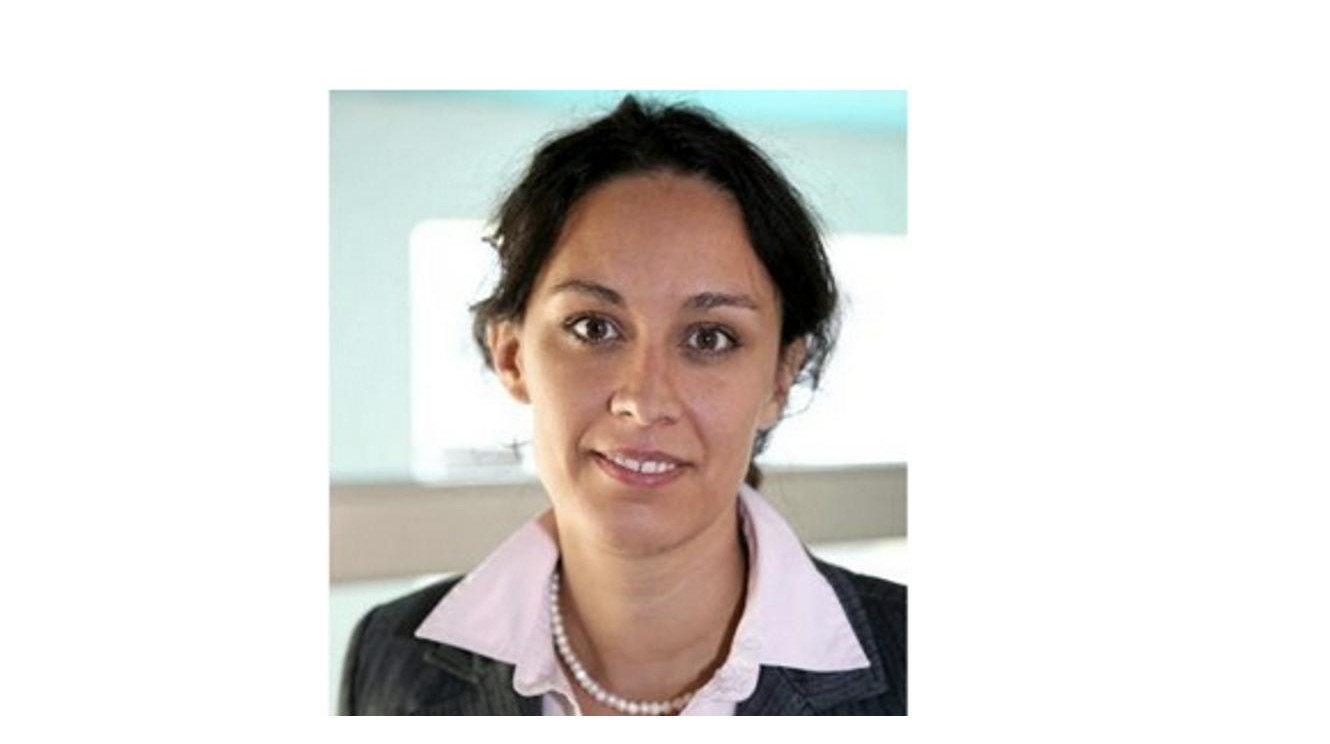MechE Colloquium: Nanofluidics - Exploring new frontiers

Event details
| Date | 09.04.2024 |
| Hour | 12:00 › 13:00 |
| Speaker | Prof Aleksandra Radenovic, EPFL STI LBEN |
| Location | Online |
| Category | Conferences - Seminars |
| Event Language | English |
Abstract:
In this talk, I will describe a novel single-molecule method where we engineer precise spatial and temporal control into the single-molecule experiment. We use a glass nanopore mounted on a 3D nanopositioner to spatially select molecules, deterministically tethered on a glass surface, for controlled translocations. By controlling the distance between the nanopore and the glass surface, we can actively select the region of interest on the molecule and scan it a controlled number of times and at a controlled velocity. Decreasing the velocity and averaging thousands of consecutive readings of the same molecule increases the signal-to-noise ratio (SNR) by two orders of magnitude compared to free translocations. We applied our method to various DNA constructs, achieving down to single nucleotide gap resolution. The spatial multiplexing combined with the sub-nanometer resolution could be used in conjunction with micro-array technologies to enable the screening of DNA, improving point-of-care devices, or enable high-density, addressable DNA data storage.
In the second part of the talk I will introduce two novel types of nanofluidic platforms. The geometry of the first nanofluidic platform combines the benefits of reduced sensing regions typically seen in 2D material nanopores with the asymmetric geometry of capillaries, resulting in ionic selectivity, stability, and scalability. The proposed nature-inspired growing method provides a flexible nanopore platform for various nanofluidic research applications, such as biosensing, energy science, and filtration technologies.
The second nanofluidic platform with a large entrance asymmetry is designed for in-memory processing, which can be mass-produced and behaves as performant memristive charge threshold switches with discontinuous current-voltage characteristics. The device's performance and reliability enabled the building of a logic circuit composed of two interactive ionic channels and an electronic resistor, which opens the way to the design of nanofluidic neural networks for brain-inspired ionic computations.
1. Leitao, S.M., Navikas, V., Miljkovic, H., Drake, B., Marion, S., Pistoletti Blanchet, G., Chen, K., Mayer, S.F., Keyser, U.F., Kuhn, A. and Fantner, G.E., Radenovic A. 2023. " Spatially multiplexed single-molecule translocations through a nanopore at controlled speeds. " Nature Nanotechnology, pp.1-7.
2. Chernev, Andrey, Yunfei Teng, Mukeshchand Thakur, Victor Boureau, Lucie Navratilova, Nianduo Cai, Tzu‐Heng Chen, Liping Wen, Vasily Artemov, and Aleksandra Radenovic. 2023 "Nature‐Inspired Stalactite Nanopores for Biosensing and Energy Harvesting." Advanced Materials 2302827.
3. Emmerich, Theo, Yunfei Teng, Nathan Ronceray, Edoardo Lopriore, Riccardo Chiesa, Andrey Chernev, Vasily Artemov, Massimiliano Di Ventra, Andras Kis, and Aleksandra Radenovic. 2023. "Ionic logic with highly asymmetric nanofluidic memristive switches." arXiv preprint arXiv:2306.07617
Biography:
Prof. Aleksandra Radenovic is a full professor of biological engineering at the École Polytechnique Fédérale de Lausanne (EPFL) and head of the Laboratory of Nanoscale Biology.
Her lab works in the research field that can be termed single-molecule biophysics. She has received her Ph.D. in Biophysics from the University of Lausanne (Switzerland.) in 2003 and a Msc. in Physics from the University of Zagreb (Croatia) in 2000. In 2010. she received a European Research Council (ERC) Starting Grant in 2010 and SNF Backup scheme Consolidator Grant (2015). She is also the recipient of the CCMX materials challenge award in 2016 and the Advanced ERC (2020) grant.
She develops techniques and methodologies based on optical imaging, bio-sensing and single-molecule manipulation with the aim to monitor the behavior of individual biological molecules and complexes in vitro and in live cells.
Practical information
- General public
- Free